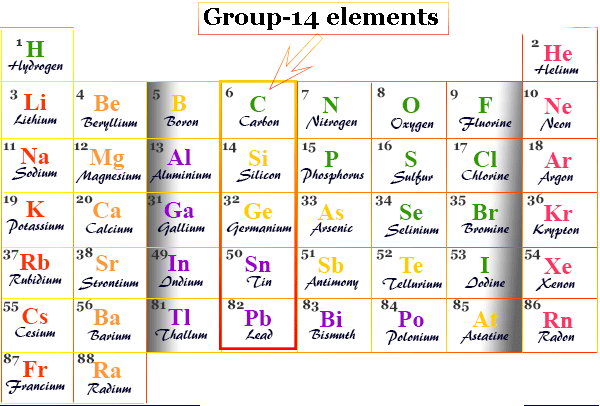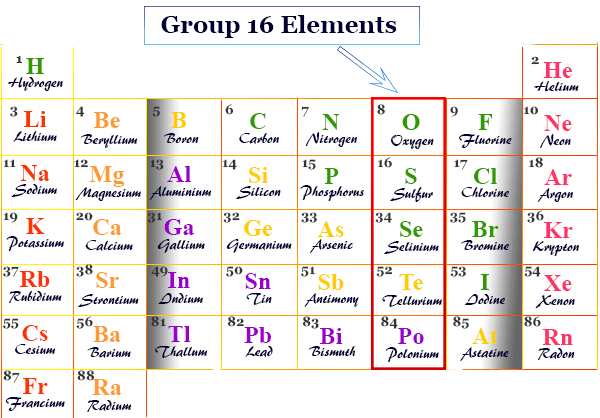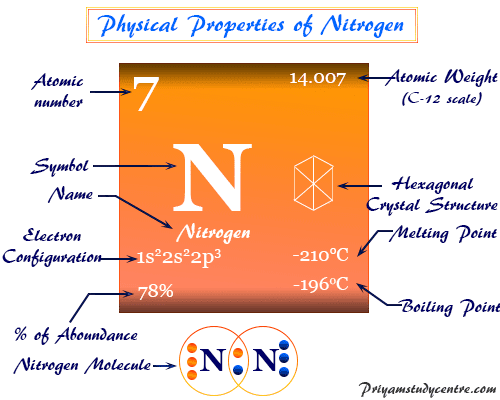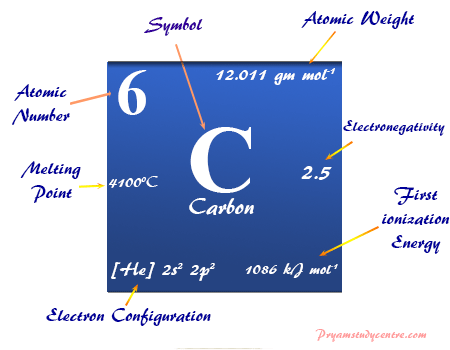Group-14 elements in periodic table
Group-14 elements (IVB) in the periodic table include carbon (C), silicon (Si), germanium, tin (Sn), and lead (Pb) with the atomic number 6, 14, 32, 50, 82. The first two elements in the carbon family occupy a special position in our life. Carbon is the key chemical element of all living organisms forms a large number of organic and inorganic compounds. Silicon is the second most abundant element after oxygen in the earth's crust. Silicon compounds like stones, sands, and clays are the principal building materials in our civilization.
Properties of Group-14 Elements
The chemistry of the group 14 elements follows from their electronic configuration although the references in properties between carbon and silicon are rather wide.
| Element | Atomic number | Electronic configuration |
| Carbon | 6 | [He] 2s2 2p2 |
| Silicon | 14 | [Ne] 3s2 3p2 |
| Germanium | 32 | [Ar] 3d10 4s2 4p2 |
| Tin | 50 | [Kr] 4d10 5s2 5p2 |
| Lead | 82 | [Xe] 4f14 3d10 4s2 4p2 |
The metallic character of group 14 elements increasing with the increasing atomic number. Therefore, carbon and silicon are typically nonmetals but the metallic properties increasing from germanium to lead. The sum of four ionization energy is exorbitantly high and cannot form an M+4 cation. Therefore, in most cases, the elements attaining noble gas configuration by forming four single covalent bonding with sp3 hybridization. The formation of multiple chemical bonding decreases from carbon to silicon atom.
The group-14 elements, carbon has several types of allotropic forms, only diamond and graphite are common among them. The four other rare and poorly understood forms are beta-graphite, Lonsdsdaleite, or hexagonal diamond, chaoite, and carbon-VI. Silicon and germanium diamonds type cubic crystal lattice with Si-Si bond distance 235 pm. Tin has two allotropic forms like alpha-tin and beta-tin but lead exists only in a cubic closed paced metallic crystal lattice with a density of 11.34 g cm-3.






